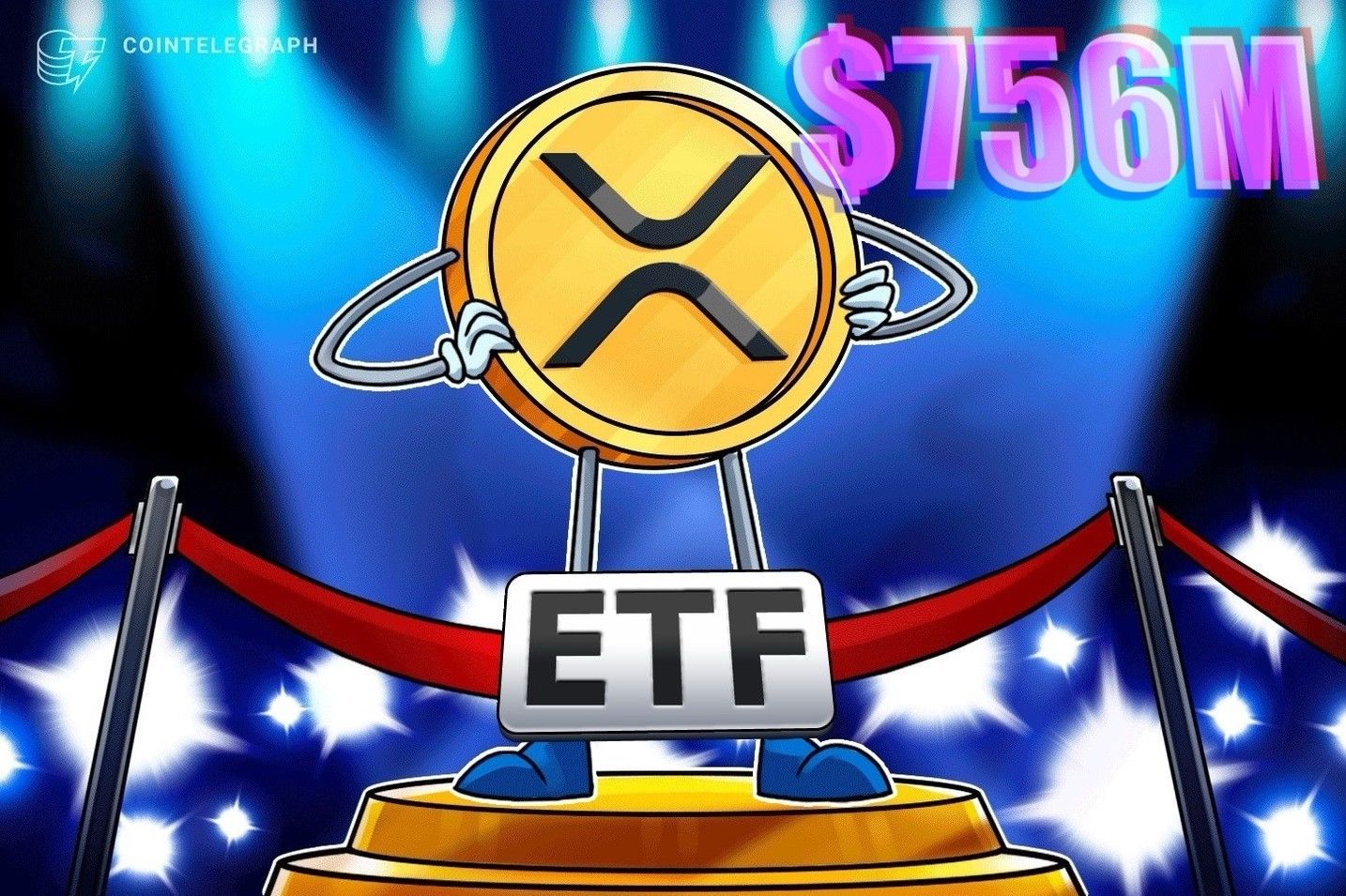Stripe is expanding into digital assets with a new stablecoin issuance platform and plans to seek U.S. banking licenses, moves that bring the payments giant closer to traditional financial regulation.
Stablecoin Platform
At its annual Stripe Tour New York event, the payment giant introduced more than 40 product updates, with stablecoins and artificial intelligence (AI) as key priorities.
Sponsored
The new service, called Open Issuance, allows firms to issue tokens in a matter of days using limited technical resources. The platform was developed following Stripe’s $1.1 billion purchase of Bridge, a stablecoin infrastructure provider, earlier this year.
Open Issuance enables businesses to mint and redeem tokens, select reserve structures such as cash or U.S. Treasuries, and retain the yield generated from those reserves, while Stripe collects a 0.5% service fee.
The company has also partnered with financial institutions, including Fidelity and BlackRock, to support asset management and liquidity needs.
Alongside issuance, Stripe is expanding payment options for merchants. Businesses can now accept recurring stablecoin payments, settle balances in either fiat or crypto, and issue cards linked to stablecoin reserves.
Seeks Banking Licence
At the same time, is also seeking greater regulatory alignment. Reportedly, Stripe plans to apply for a federal banking charter from the Office of the Comptroller of the Currency (OCC) and a trust license from New York’s Department of Financial Services.
A federal banking charter is a license that allows a company to operate as a bank under federal regulation and oversight.
These licenses would place Stripe under direct federal and state oversight as new U.S. rules on stablecoins are expected. Other firms, including Paxos, Ripple, and Circle, have also pursued banking charters.
Why This Matters
If successful, Stripe’s tools could expand the number of regulated stablecoin issuers, increasing competition and potentially challenging the dominance of Circle’s USDC and Tether’s USDT.
Stay in the loop with DailyCoin’s sizzling hot crypto news:
Is Shiba Inu (SHIB) Joining ‘Uptober’ Festivities This Year?
U.S. Government Shutdown Returns: Gold Surges, Crypto Unmoved
People Also Ask:
They allow faster, cheaper digital transactions compared to traditional banking systems, while reducing volatility common in other cryptocurrencies like Bitcoin or Ethereum.
Obtaining a charter would place Stripe under federal and state regulation, enabling it to legally support stablecoin issuance and payments in a compliant framework.
Unlike Circle and Tether, which issue their own stablecoins, Stripe is providing infrastructure so other businesses can launch tokens and manage reserves.




